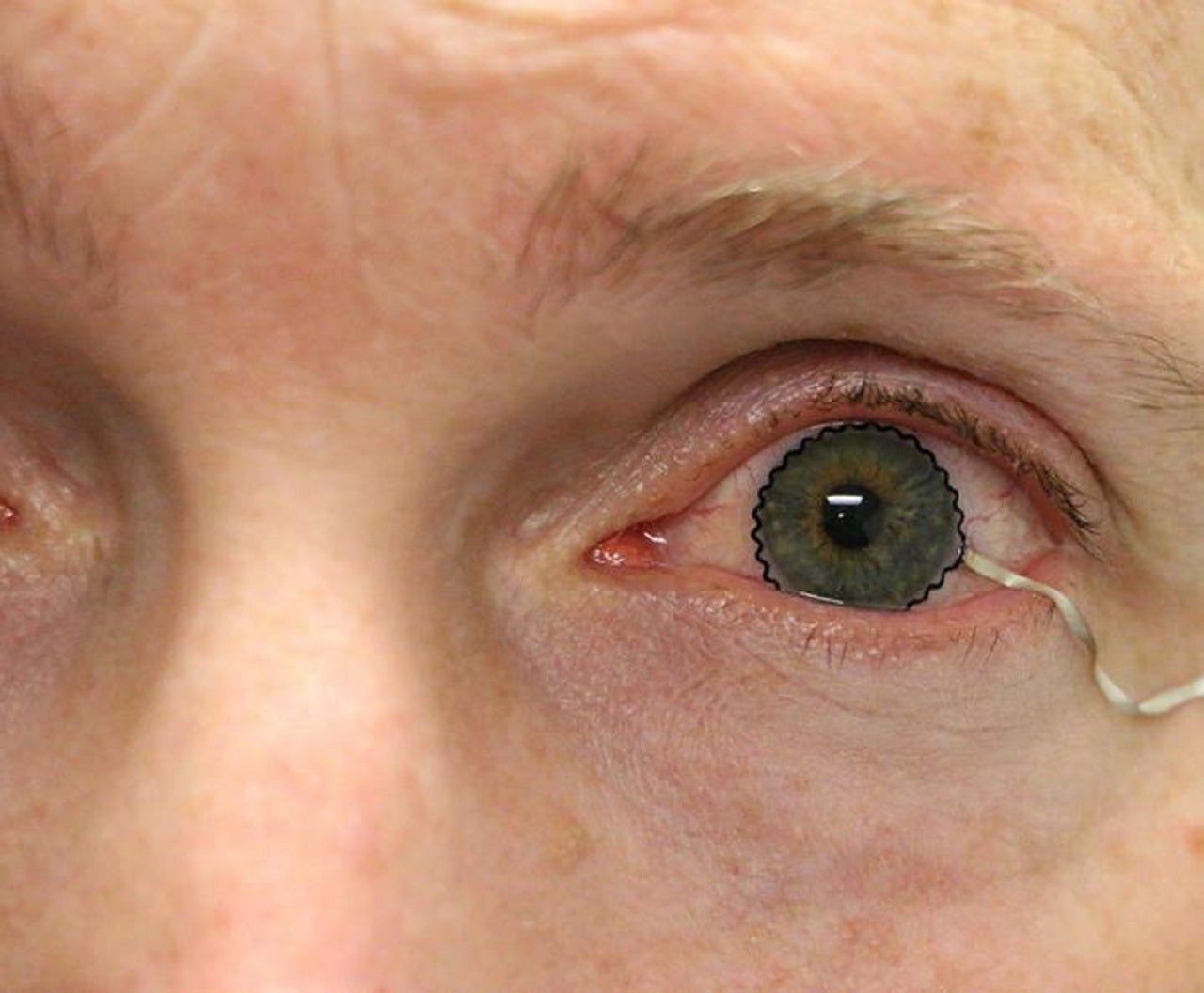
Novel contact lens technology developed at Purdue University may soon be able to help diagnose and monitor ocular diseases.
The research team of engineers and clinicians has invented a way for commercial soft contact lenses to become a bioinstrumentation tool for unobstructive ocular monitoring. The details of the project have been published in the journal Nature Communications.
Ocular diseases such as glaucoma or retinitis pigmentosa are typically monitored by measuring electrophysiological activity of the retina in response to a light stimulus, known as an electroretinogram (ERG).
ERG is carried out by placing a recording electrode in direct contact with the corneal surface or the bulbar conjunctiva, while a grounding electrode is placed on the earlobe or forehead.
These devices require the use of a thick, rigid contact lens while the eye is held open with a speculum, leading to discomfort in both the cornea and eyelid even when local anaesthetic is used.
The Purdue researchers have now enabled the integration of ultrathin, stretchable ERG biosensors with commercial soft contact lenses via wet adhesive bonding.
How well do you really know your competitors?
Access the most comprehensive Company Profiles on the market, powered by GlobalData. Save hours of research. Gain competitive edge.

Thank you!
Your download email will arrive shortly
Not ready to buy yet? Download a free sample
We are confident about the unique quality of our Company Profiles. However, we want you to make the most beneficial decision for your business, so we offer a free sample that you can download by submitting the below form
By GlobalDataBiosensors embedded on the soft contact lens recorded electrophysiological retinal activity from the corneal surface, without the need for the topical anaesthesia that is required in ERG examinations.
The contact lens is able to capture high-fidelity ERG signals without the use of anaesthesia or a speculum, and can mould to the varied sizes and shapes of human eyes.
The device is connected to an external data acquisition system via a custom-built thin connection wire, which is designed to be stretchable and lightweight to minimise the impact of blinking and eye movements on the signal quality.
In preclinical tests, the device was able to significantly improve measurement accuracy and comfort without the use of topical corneal anaesthesia or a speculum.
Purdue University assistant professor Chi Hwan Lee said: “This technology will be greatly beneficial to the painless diagnosis or early detection of many ocular diseases including glaucoma.
“Since the first conceptual invention by Leonardo da Vinci, there has been a great desire to utilise contact lenses for eye-wearable biomedical platforms.”
The technology in now available for licensing, having secured a patent through the Purdue Research Foundation Office of Technology Commercialization.
Researchers across the world have been working on adapting the contact lens to assist with diagnosis. In January last year, Pohang University of Science and Technology (POSTECH) developed a smart LED contact lens for diabetic diagnosis and retinopathy treatment.





